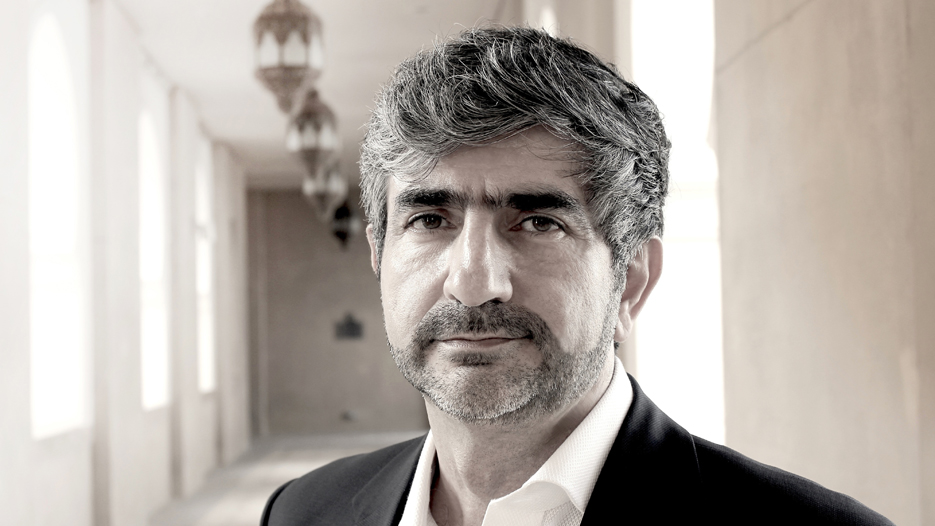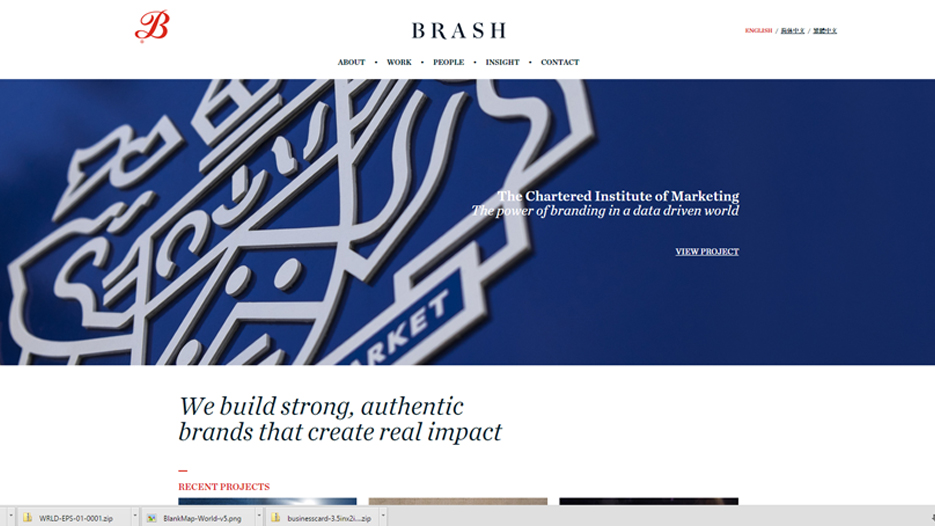Brash Brands: Branding in Saudi Arabia and Middle East
Every brand has the potential to go global, if it is strategically set to be. Some brands just have the ambition of being regional or local. If they go global, they may lose their value. It depends on how they are positioned and what they offer. However, I agree with you that even on the regional level, many brands could be much bigger.
Interview with Akram Farhat, General Manager KSA, Qatar, Brash

You are a brand expert in a world that is not very known for having global brands, so let’s start with branding in general. How do you feel that companies are different in approaching branding in Saudi Arabia and the region as opposed to the US and the Western countries?
Understanding the value that branding can bring to businesses is growing in the region, but is still behind the rest of the world. When we deal with clients who have been exposed to branding, it usually simplifies our job and we progress much faster. However we sometimes deal with clients to whom the branding process is new, and they surprise us with how much trust the give us as consultants, and the way they embrace the whole process.
How do you assess the ability of the Arab world to create global brands?
Every brand has the potential to go global, if it is strategically set to be. Some brands just have the ambition of being regional or local. If they go global, they may lose their value. It depends on how they are positioned and what they offer. However, I agree with you that even on the regional level, many brands could be much bigger.
If they deal with it properly and they plan it ahead, they can go beyond their success as local brands. It has been done. There are many such examples of brands that have made it big regionally then globally.
Emirates Airlines, Emaar, Ooredoo, and dnata, are now global brands.
Three of them happen to be our clients. We have been assisting some of them on the brand strategy, while they grow their businesses in different parts of the world.
Our role is to set down their strategies and develop their brand. When they enter a new market, whether they decide to have a joint venture or acquire a new brand in the new market, they would have a system to follow, while considering the local challenges. This allows them to maximise their brand equity.
What are the most valuable brands in Saudi Arabia?
I prefer not to look at the value in terms of how much they are worth now, but in terms of how much value they have a potential of achieving.
Saudi Arabia is probably the country with the largest potential of brands that can make it big regionally, if not beyond because Saudi Arabia has a large and interesting market. 60% of the population is the youth, which is the best consumer segment in any business. Moreover it is still an emerging market, with a solid financial support for growth.
The potential is there. They need good opportunities, but also to upgrade some conditions, to allow more flexibility in terms of investments. If they put their strategy right and set goals high enough, they can reach the skies.

Your background is in architecture. How do the two connect – the building of a brand and architecture?
Both the architect and the consultant have to understand the client. You have to understand the environment. In architecture, it is the natural environment, the geographic and the physical one, and in branding it is the market and audience. Only then you set the plans and the design.
For both, before you start planning and designing, you have to have a big idea. The processes for both are quite similar.
Many people see your work as the final product, but they don’t understand the complexity of your task, or about what is going on inside. Please tell us about the inner workings of branding and about how difficult it is to come up with the final concept.
At Brash Brands, we have a very simple, but efficient process. It has 3 main phases. The first one is the Insight or discovery phase; where we make sure that we have a clear understanding of the brand.
Once we know as much as possible about the ambition of the brand, and we define it, we move to the next phase, which is the Idea, where we set the brand strategy.
This is where we define the big idea of the brand. We need to make sure that the ambition that we have defined in the first phase has all the components that will make the big idea happen.
This takes us to the last phase, which is the Impact or the expression of the brand. This is where the design starts. The Impact is the phase where we develop the brand identity and we design its relevant applications.
We also create in this phase all the visual manifestations of the brand based on a relevant customer journey. This process is applied in almost every brand we develop. It is very successful.
The most favorite brand in the world is probably Apple. From your expert point of view, what is Apple doing right? How can similar strategies be implemented here in the Middle East?
That’s a very interesting question. It is something that we often discuss in clients’ meetings. Some companies attach a lot of importance to the icon or the logo of their brand. They want to say everything with the icon. They want to overload this tiny little logo with what they can, or cannot deliver.
A brand is much bigger than just the logo. The holistic value of the brand stands for what it offers. It stands for the perception of the brand in the minds of the consumers and customers. It is the intangible values. How the brand makes you feel. How proud you are when using an Apple or an iPhone.
Then you go back to the tangible benefits of the brand, which should be even better than your expectation, because otherwise you will be disappointed after some time.
Steve Jobs was a wizard in his approach towards branding. He was creative when it came to technology, but he was much more creative in ensuring that the brand he created is a brand that everyone would be proud of possessing – be it on the desk as an Apple MacBook, an iPhone or an iPad.
Every single product or service provided by Apple tells the same story of consistency, quality and expectations always exceeded. It is always packaged in a very nice industrial design. They are extremely innovative about every single product that they launch. They don’t follow the others. They are simply trendsetters, and very few brands are.
Branding is about creating a memorable nice experience – whether it is with an iPad or a hotel you visit or any brand you interact with. This ‘experience’ we create with the consumer is what we look at achieving when we create a new brand.
This experience evolves through a customer journey starting at some touch-points and ending at others in another location. This journey may sometimes start at the airport and end at the sales centre. It depends on the brand. We pick key touch-points and develop them to make a positive impact. These points should tell the story bit by bit till we reach the product itself.
We help our clients by developing all the tools and components for this customer journey from the beginning to the end. This also includes some literature that we develop, which reflects the brand positioning and tone of voice making sure that everything is consistent at all levels.
What about the books that changed your perspective? What would you recommend reading?
For starters I recommend reading‚ The 22 immutable laws of branding (Al and Laura Ries), then‚ How brands become icons‘ (Douglas Holt) and‚ Emotional Branding (Marc Gobé).
Can you tell us about your vision for the region? Are you optimistic about the branding industry?
Saudi Arabia and the Gulf are a wonderful market to work for. I am are always happy to work for the Saudi brands. I have been working in the region for the last 15 years, since 2000. And I have been watching some brands growing, due to their (re)branding. Some of them being brands I had developed some time back. I see a consistent growth in the market, and a growth in the maturity and understanding the value of branding. Saudi Arabia is a very promising market.